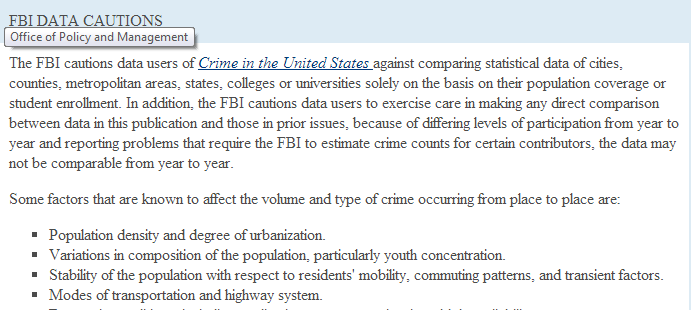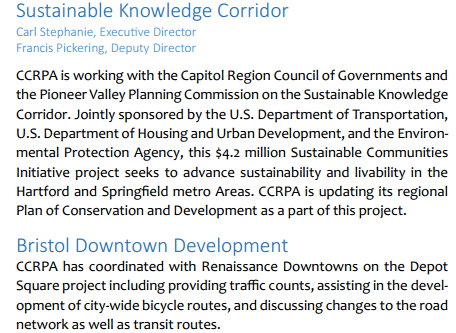As you can plainly see, what some planners, powerful special interest groups and politicians have considered reasonable "for the greater good" is something that most would consider completely unreasonable.
Fairview Cemetery is now an oxymoron because there is nothing fair about what I see here. I suppose it is easier for some to justify such action without a personal attachment to the deceased in such a situation.
That's what I would classify as encroaching of the rights of the deceased. One has to ask themselves, "Where is the shame of these individuals?". How could someone try to justify such action? Would planning a few signs displaying the Fastrak design with a few plugs for the new services in the middle of the cemetery help public perception or would it be adding more insult to injury?
Adjacent St. Mary's Cemetery has concrete barrier walls from the CTFastrak only a few feet away from headstones. I can only imagine what it must be like kneeling in somber reflection of loved ones and have your hair whipped across your face by a passing public transit vehicle speeding through. Most cemeteries have strict speed limits enforced not only for safety but in respect for the deceased. How fast will the Express Bus be flying through?
Of course, the deceased cannot defend themselves from a progressive project invading their grave sites any more than the average citizen who stands alone. The use of eminent domain in Connecticut has recently risen in use when it comes to transportation. One can only hope for their constitutionally protected rights of just compensation to be upheld. Unfortunately, in the real world those rights have been trampled upon over and over. Connecticut is ripe with several pending legal battles because the Fifth Amendment to the Bill of Rights is commonly ignored by oathbreakers in black robes. Bristol is no stranger to these circumstances and as top-down comprehensive land planning comes to the forefront of Connecticut's Comprehensive Economic Development Strategy through the power of the purse, one can only expect abuses to become more rampant.
In addition to cutting through and confiscating private property without fair compensation, properties are now in constant need of continual maintenance as a result of the busway. Property owners face stiff fines as many municipalities impose blight threats on those who do not keep up with the continual graffiti and gang tags increased by the new construction.
Most business owners are unwilling to speak out against city government for fear of retribution. Frank conversations are however very revealing of their sentiments.
Even the new Fastrak construction has seen more than it's fair share of "blight" before even opening!

Such is the Association of Blight, Rail and Mass Transit
Most municipalities find it just as difficult to practice what they preach, however expanding transit options for the designated Despot Square will only amplify these issues. The 2015 Service Plan designates an hourly express bus will leave Bristol's new Intermodal Transportation Hub and later travel via the guideway, arriving in Hartford in 57 minutes. As you can see, the views are really something!
The results of the CT Rail Study have yet to be revealed but the long standing plans for subsidized parking garages on Bristol's former mall site remain. One is truly left to wonder what is happening behind the scenes in that respect. As it would appear, the State of Connecticut and a public-private partnership is looking to establish a critical mass of transit ridership in addition to building a base of captive customers in Bristol's downtown. Presumably, these density downtown dwellers will be without automobiles and will remain within the transit corridor and walking distance from it and their disposable income will be primarily spent within that region. The targets for carbon emission reduction is precisely why the Environmental Protection Agency provides federal grant monies to Transit Oriented Development projects.
 |
| Approx. 950 sq. ft units incl. 2 baths at approx. $1,200/month |
 |
| Visit the CT Fast Track webpage by clicking (here) |





































